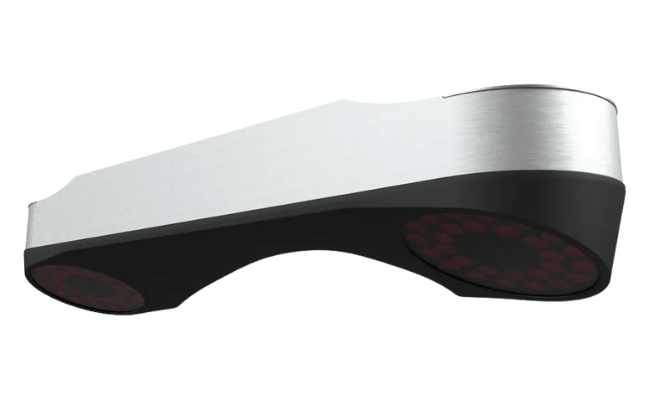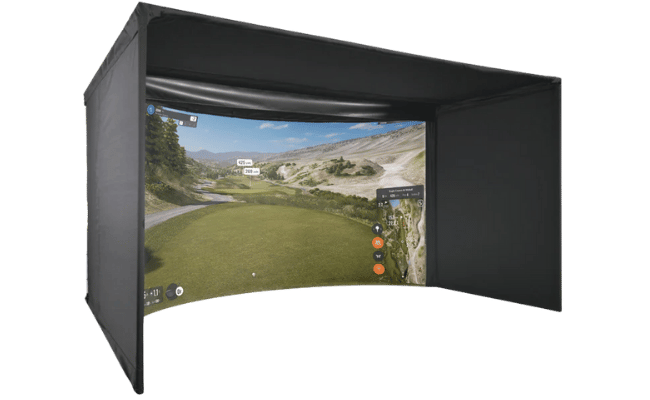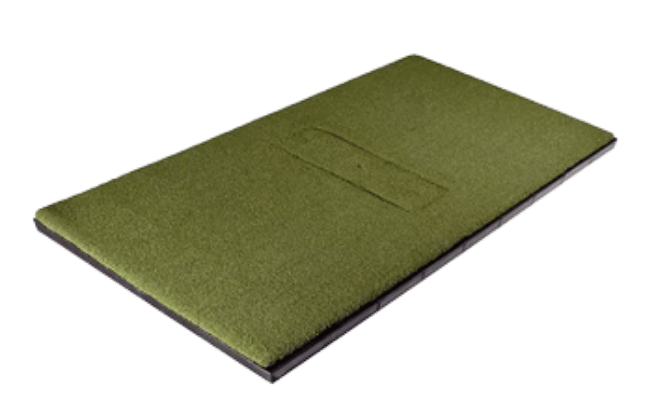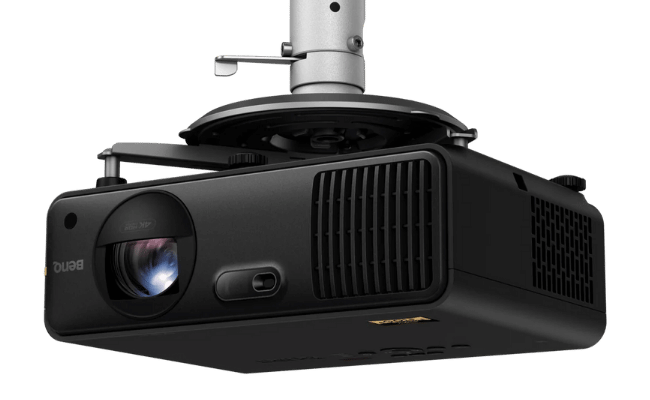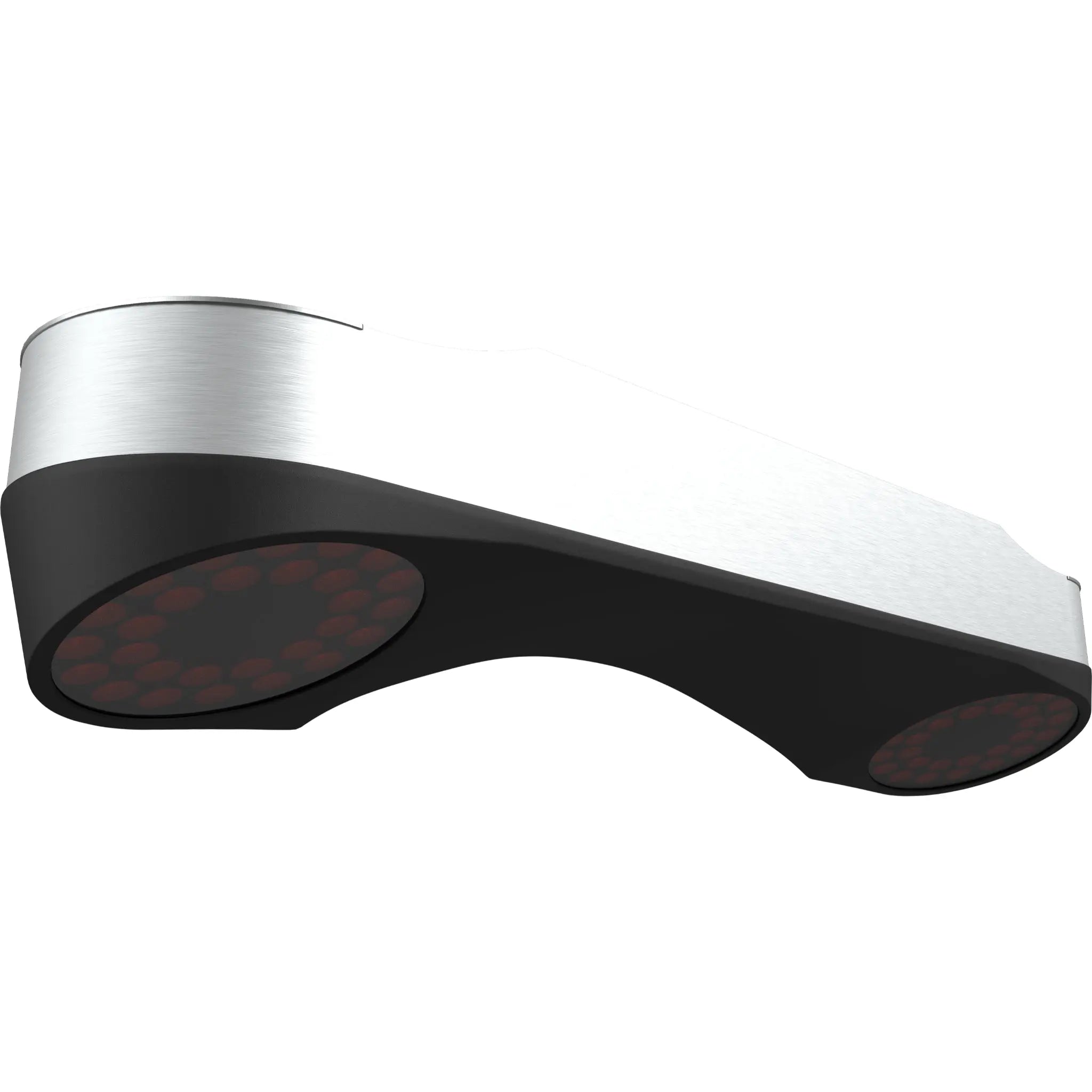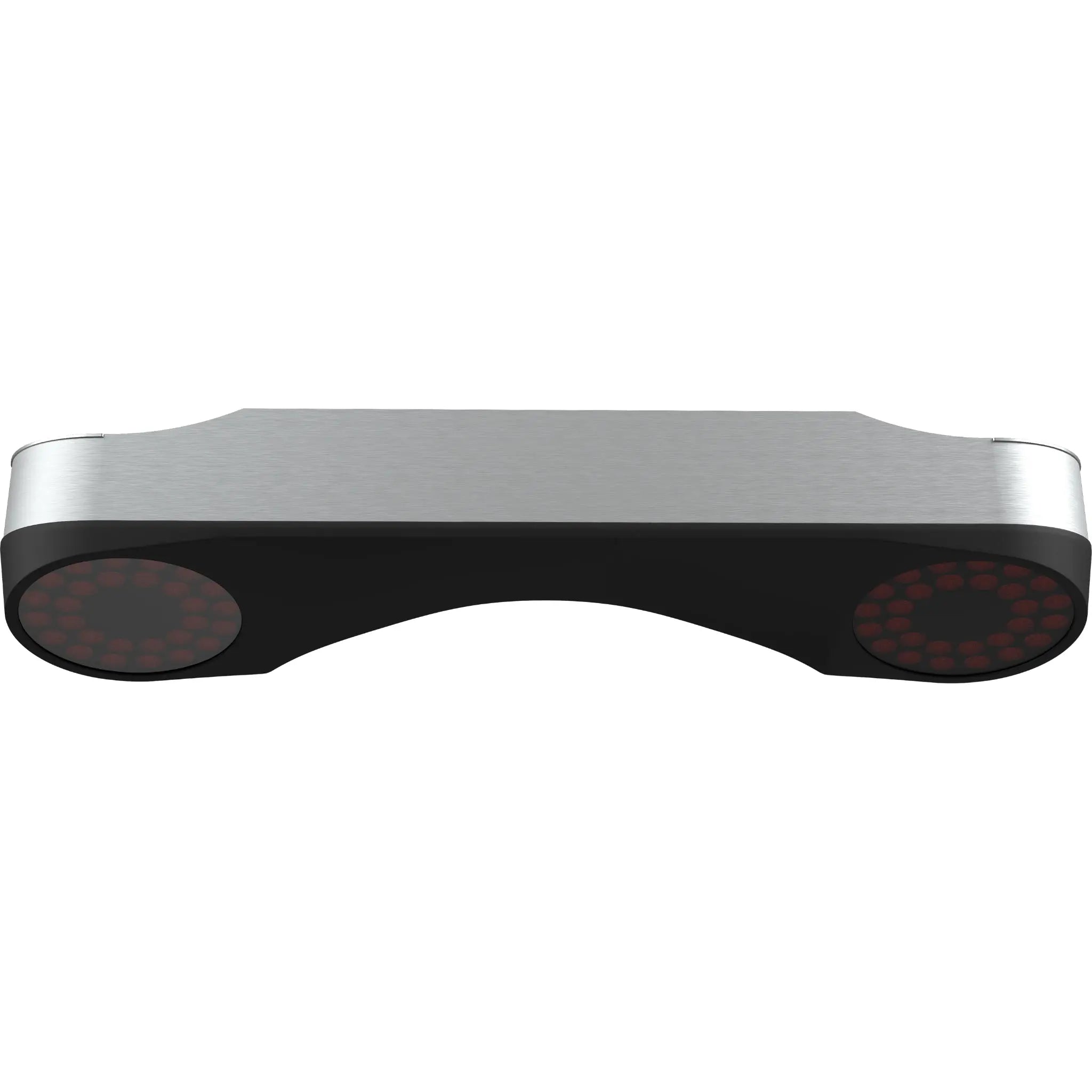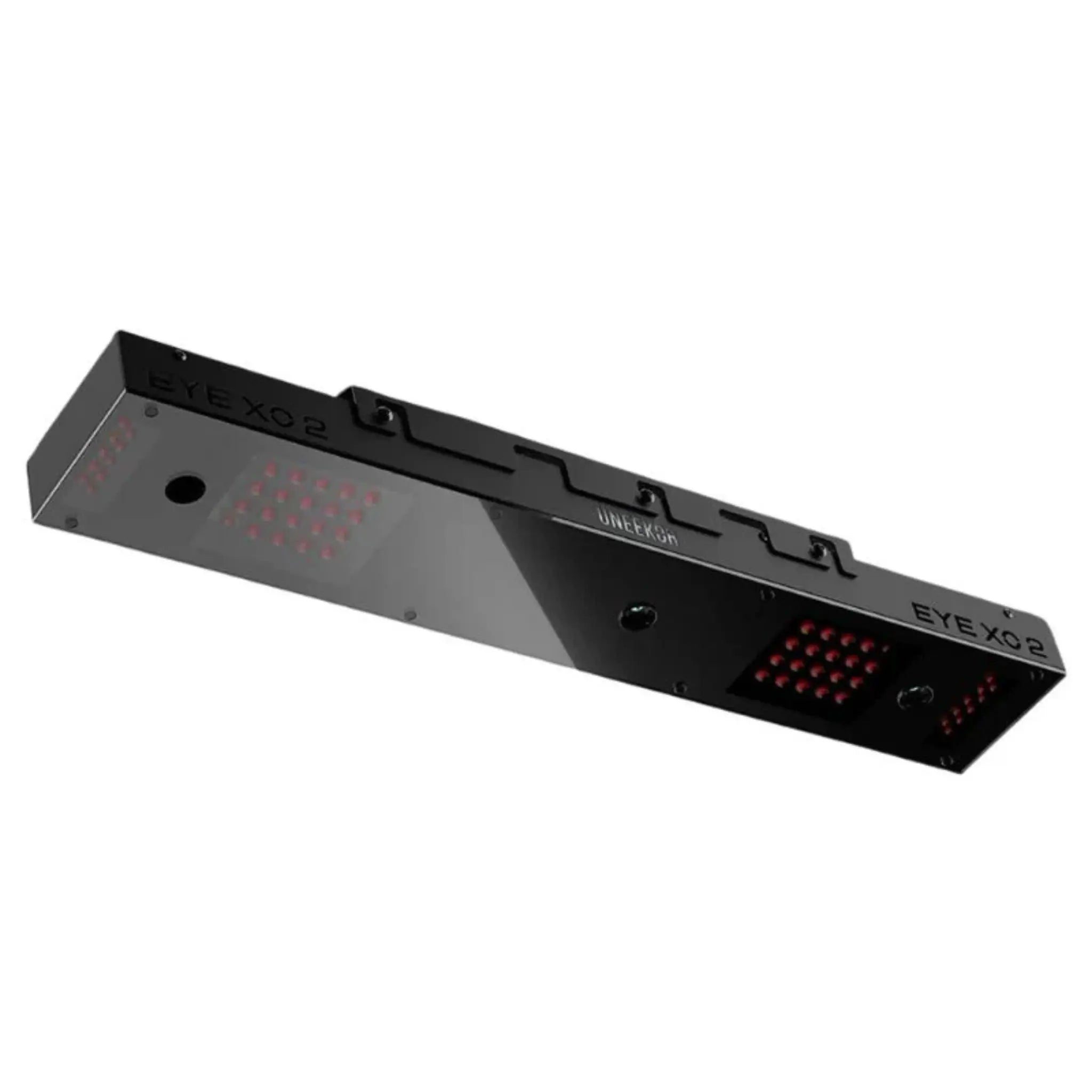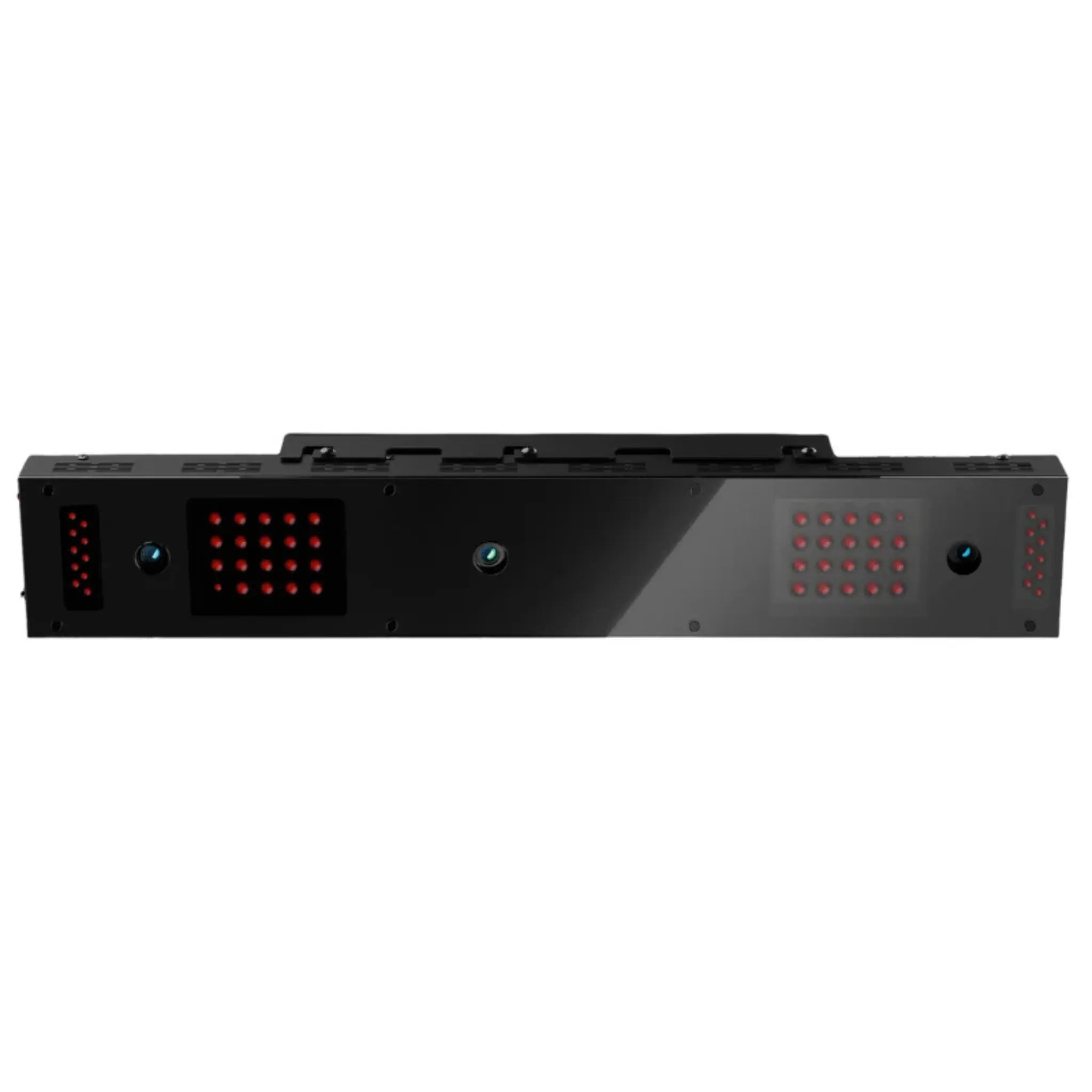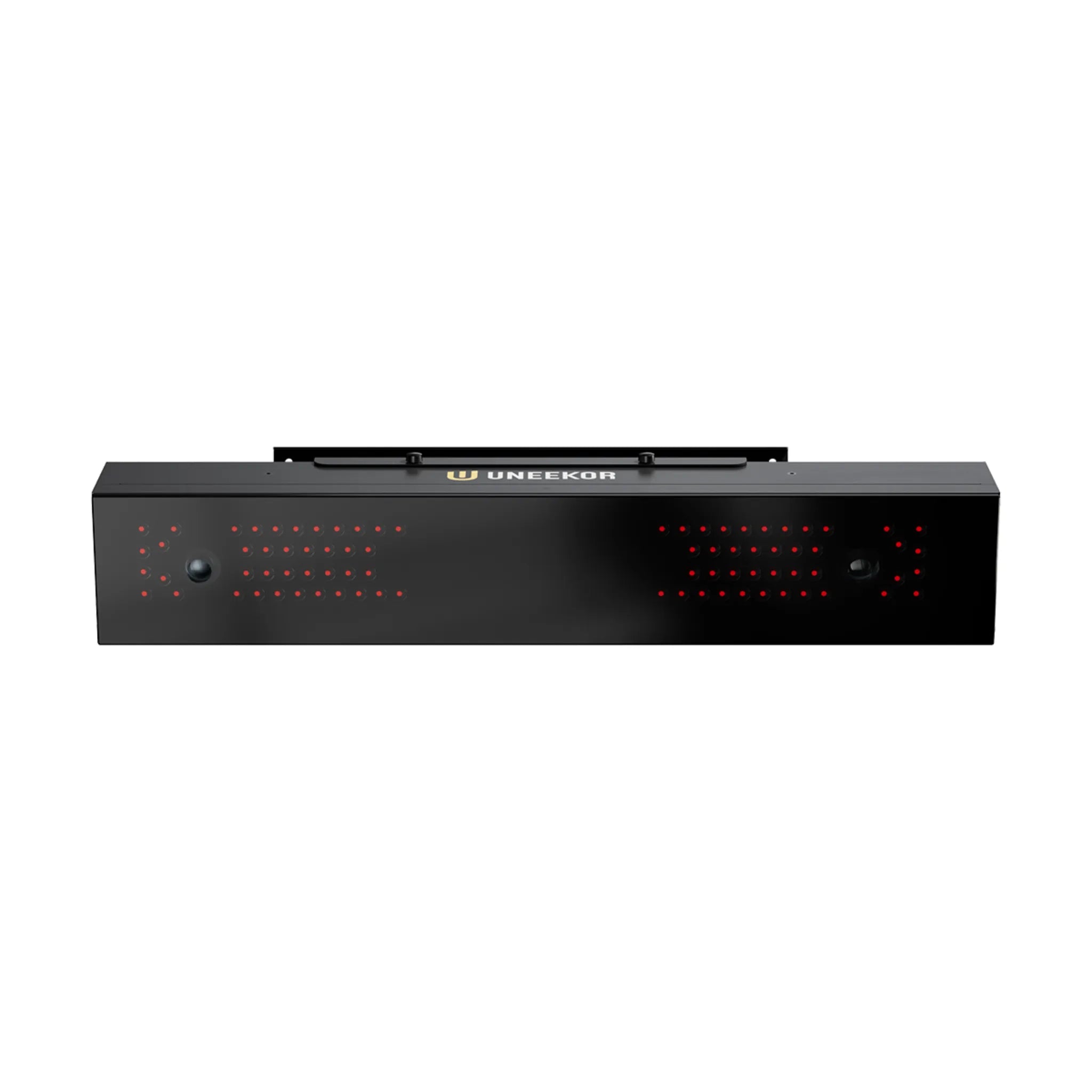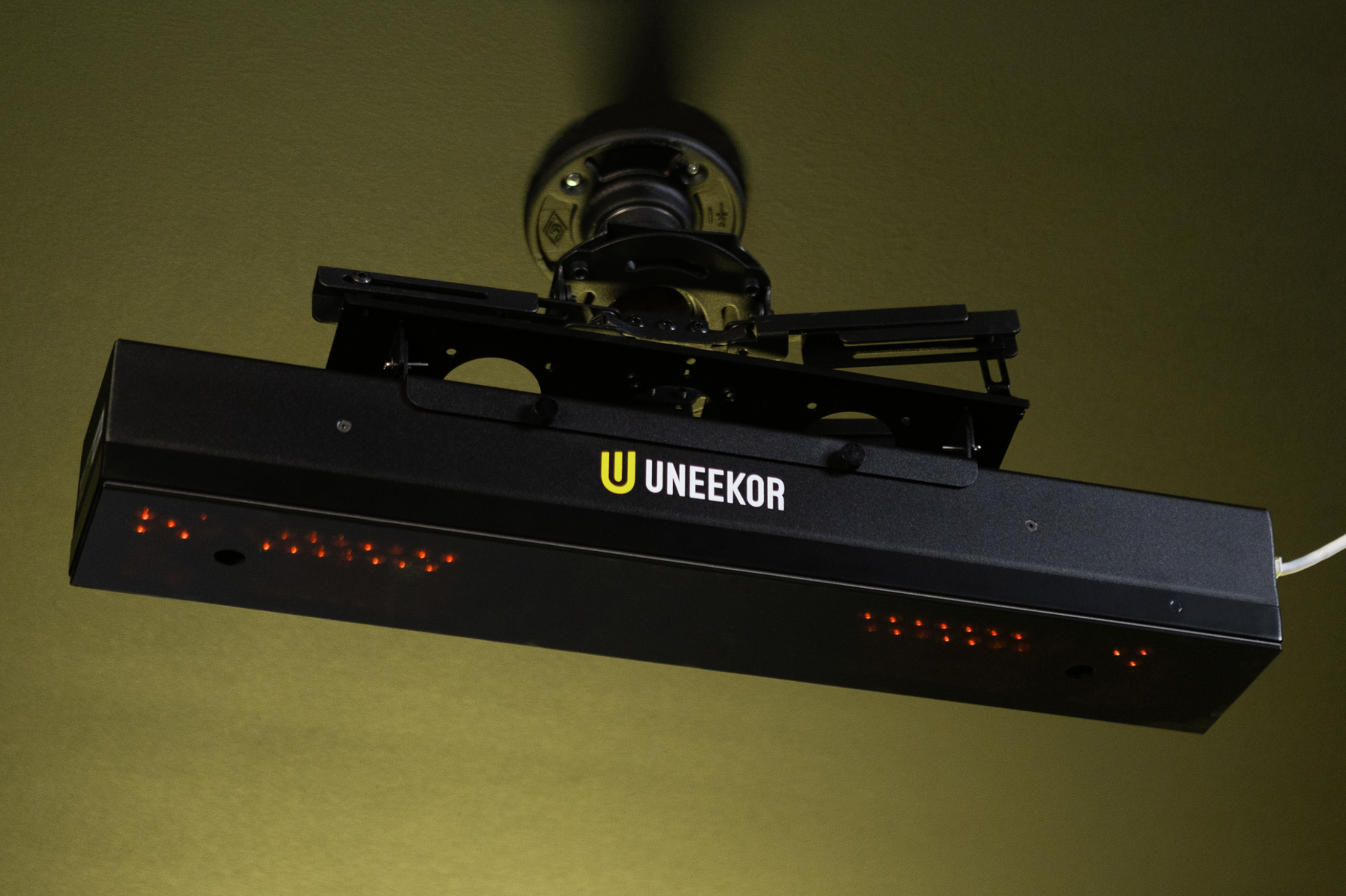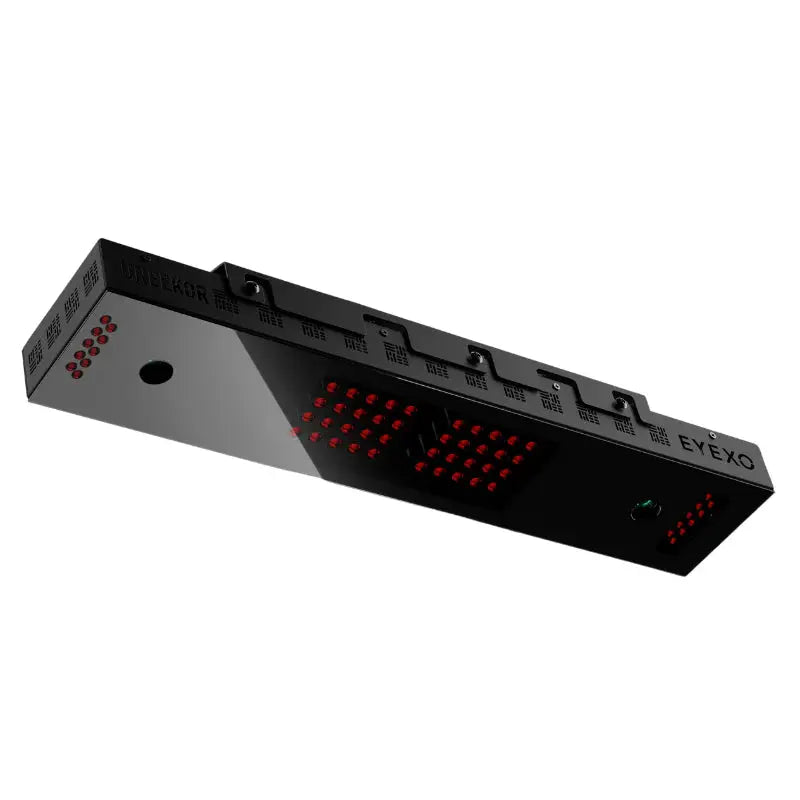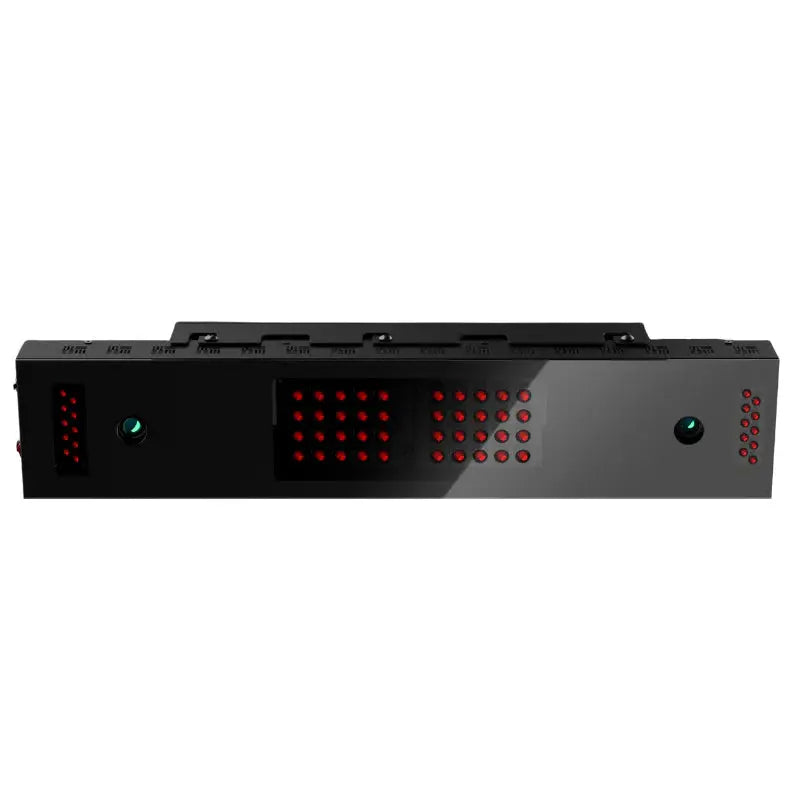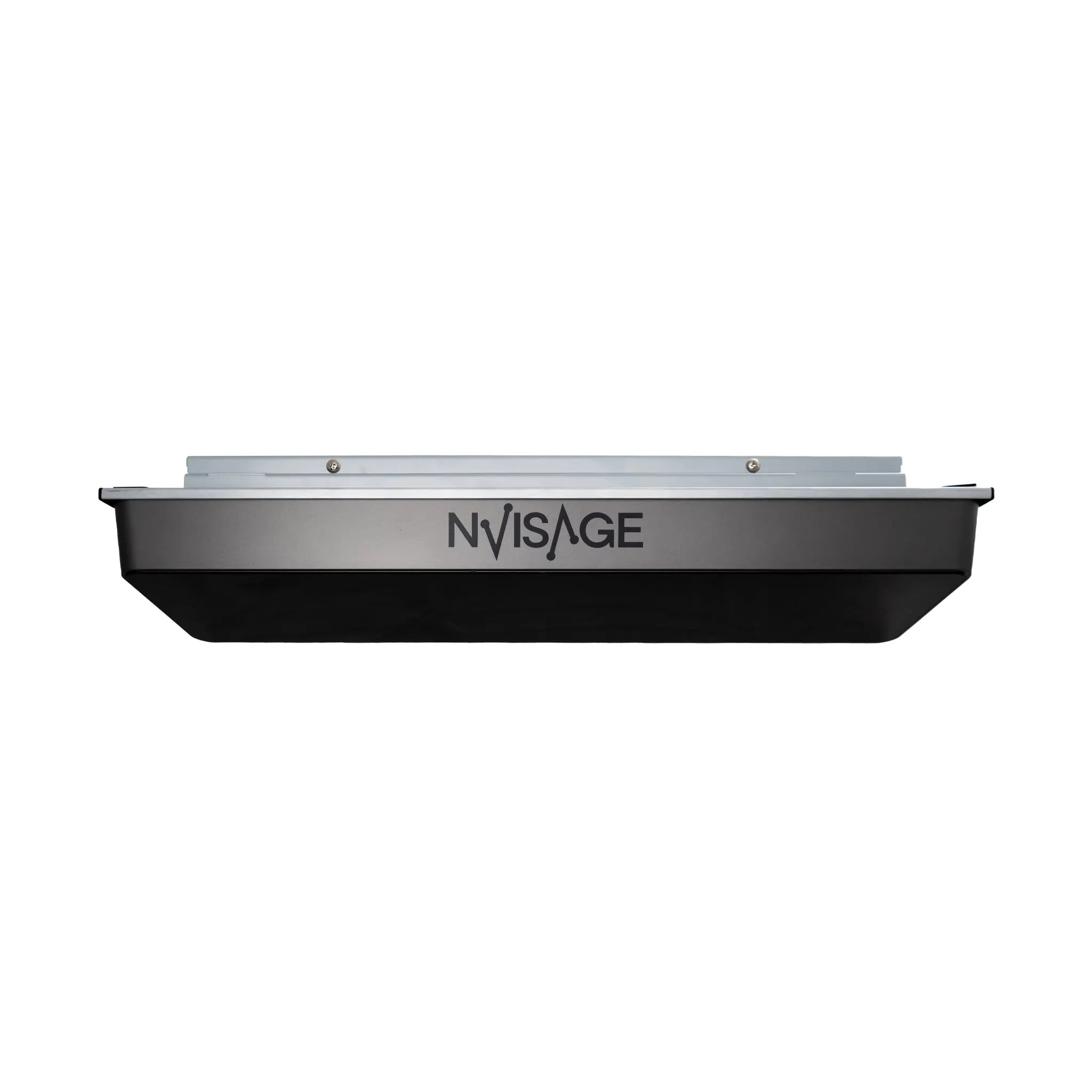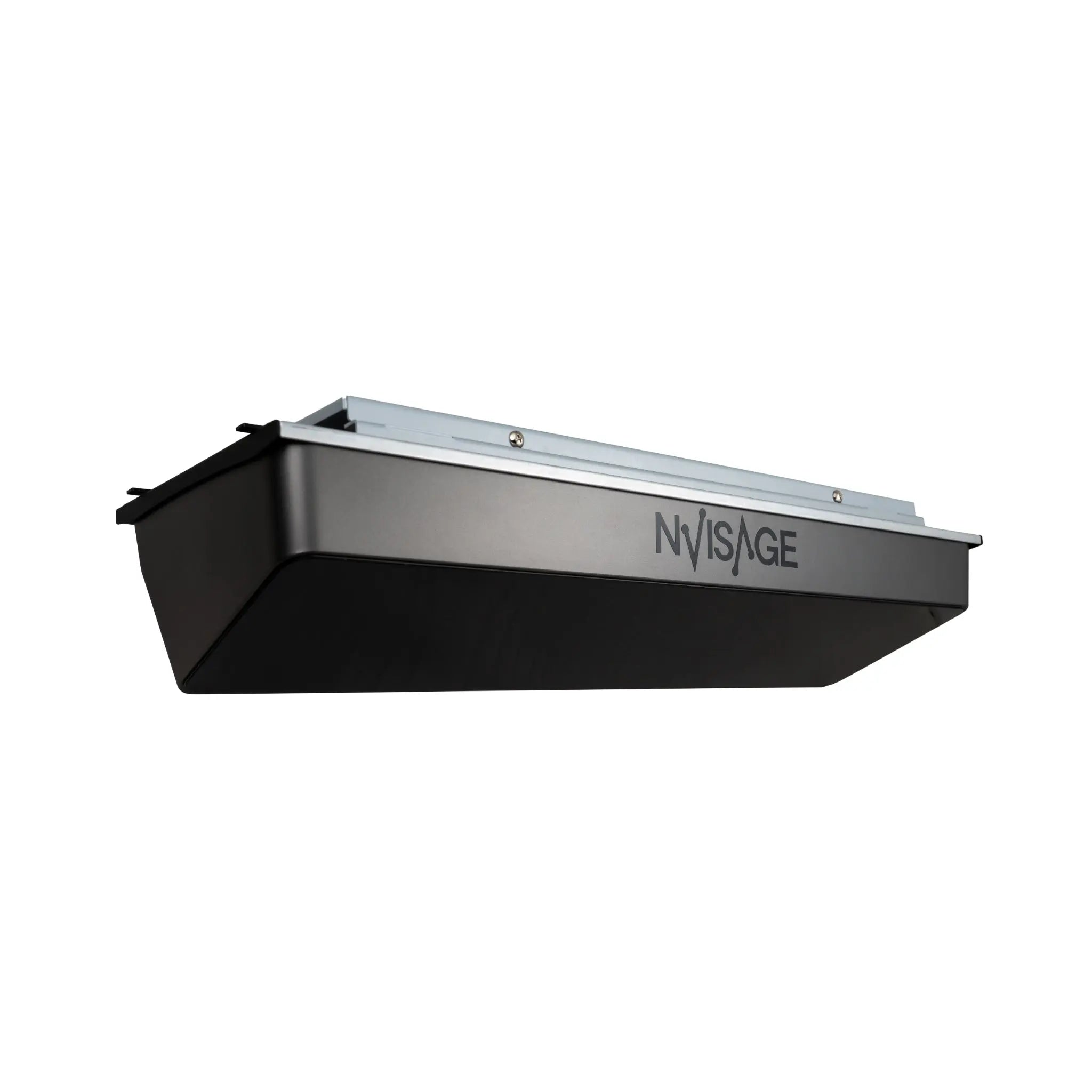
ProTee VX vs TruGolf Apogee: Which Golf Launch Monitor is Right for You?
When deciding between the ProTee VX and TruGolf Apogee, you're evaluating two top-tier, ceiling-mounted golf launch monitors. Both provide precise data and immersive simulation experiences, yet they differ in aspects like pricing, features, software integration, and flexibility.
This guide addresses common questions—"ProTee VX vs Apogee" and "ProTee VX vs TruGolf Apogee"—to assist you in making an informed decision.
Price Comparison: ProTee VX vs TruGolf Apogee
- ProTee VX: $6,500
- TruGolf Apogee: $9,000
The ProTee VX is more affordable upfront, offering a cost-effective solution without compromising on essential features.
Key Features Comparison
| Feature | ProTee VX | TruGolf Apogee |
|---|---|---|
| Price | $6,500 | $9,000 |
| Software Costs | No subscription required; integrates directly with GSPro ($0 annual fees) | Includes E6 Connect license; additional courses may require extra purchases |
| Data Parameters | Ball speed, launch angle, spin rate, side spin, club speed, club face angle, club path | Ball speed, back spin, side spin, vertical launch angle, horizontal launch direction, club head speed, club face angle, club path |
| Software Compatibility | ProTee Golf 2.0, GSPro (direct), E6 Connect, The Golf Club 2019 | Primarily E6 Connect; compatibility with other software may be limited |
| Installation | Ceiling-mounted; quick one-click calibration | Ceiling-mounted; requires precise alignment and calibration |
| Video Features | AI-driven impact analysis and shot playback | Point of Impact interface with slow-motion video playback of club-ball interaction |
| Hitting Zone | 23" W x 20" L | 8" W x 10" L |
| Product Updates | Ongoing refinements and software updates | Fixed hardware; updates primarily through software enhancements |
| Unique Feature | - | Voice interaction allows commands for certain functionalities |
ProTee VX vs TruGolf Apogee: In-Depth Comparison
1. Ongoing Refinement vs. Fixed Design
-
ProTee VX: ProTee United consistently refines and updates its products and software, ensuring the ProTee VX stays competitive with evolving technology.
-
TruGolf Apogee: While the Apogee is a polished product, hardware updates are less frequent, with improvements mainly delivered through software enhancements.
Advantage: ProTee VX, for its commitment to continuous improvements.
2. Cost Efficiency
-
ProTee VX: Integrates directly with GSPro without requiring a third-party connector, saving users additional annual fees. Moreover, there are no mandatory subscription costs, making the VX a cost-effective long-term choice.
-
TruGolf Apogee: Comes with an E6 Connect license; however, access to additional courses and features may necessitate extra purchases, potentially increasing overall costs.
Advantage: ProTee VX, for its subscription-free model and significant savings.
3. Flexibility and Usability
-
ProTee VX: Does not require marked balls, offering greater flexibility for practice sessions. Its larger hitting zone (23" W x 20" L) accommodates both right- and left-handed players seamlessly.
-
TruGolf Apogee: Also does not require marked balls or clubs, simplifying setup. However, its smaller hitting zone (8" W x 10" L) may demand more precise positioning.
Advantage: ProTee VX, for its larger hitting area and ease of use.
4. Video Analysis
-
ProTee VX: Includes AI-driven shot analysis and impact visuals, aiding in technique refinement.
-
TruGolf Apogee: Features a Point of Impact interface that provides slow-motion, scrub-able video playback of your club's action through the ball, offering detailed insights into swing mechanics.
Advantage: TruGolf Apogee, for its detailed video playback capabilities.
5. Voice Command Capability
One standout feature of the TruGolf Apogee is its ability to recognize voice commands. This allows for hands-free control of certain functions, like switching modes or starting a new session. While this doesn't directly influence performance, it’s a futuristic touch that adds to the user experience.
6. Installation
-
ProTee VX: Offers quick and user-friendly installation with one-click calibration. The larger hitting zone adds convenience for users.
-
TruGolf Apogee: Installation requires precise alignment and calibration, which can be time-consuming for new users.
Advantage: ProTee VX, for ease of installation and a more forgiving hitting area.
Pros and Cons
ProTee VX
Pros:
- Regular product refinements and software updates.
- No subscription required for GSPro integration, saving on annual fees.
- Easy installation and calibration.
- Flexible use without marked balls.
- Larger hitting zone (23" W x 20" L).
Cons:
- Lacks the advanced video replay capabilities of the Apogee.
TruGolf Apogee
Pros:
- Point of Impact interface with slow-motion video playback.
- No need for marked balls or clubs.
- Voice command capability for added convenience.
Cons:
- Higher initial price.
- Smaller hitting zone (8" W x 10" L).
- Primarily compatible with E6 Connect; limited integration with other software.
Who Wins the ProTee VX vs TruGolf Apogee Showdown?
Your decision ultimately depends on your priorities:
-
Choose ProTee VX if: You value flexibility, subscription-free software, and long-term cost savings. ProTee United’s commitment to refining their product ensures your investment stays relevant.
-
Choose TruGolf Apogee if: You prioritize advanced video analysis, innovative features like voice commands, and are comfortable with a higher upfront investment.
Conclusion: Long-Term Value vs. Advanced Features
While the TruGolf Apogee shines with its video replay and voice command capabilities, the ProTee VX offers unmatched flexibility, cost efficiency, and future-proof updates. For most golfers, the ProTee VX provides better value, making it the ideal choice for a reliable, long-term golf simulation experience.
We wrote a post you might find interesting:
Best Overhead Launch Monitors Under $10,000 (2025)

🔥 Shop the ProTee VX Now: ProTee VX Launch Monitor

